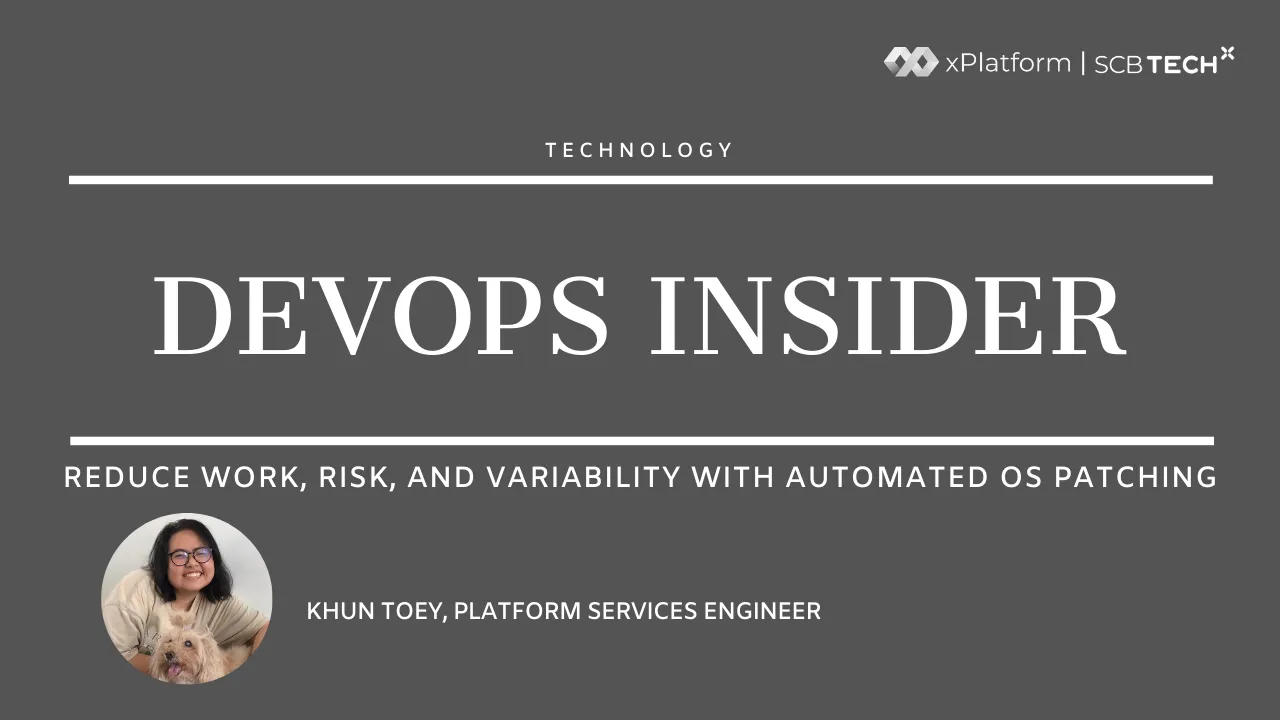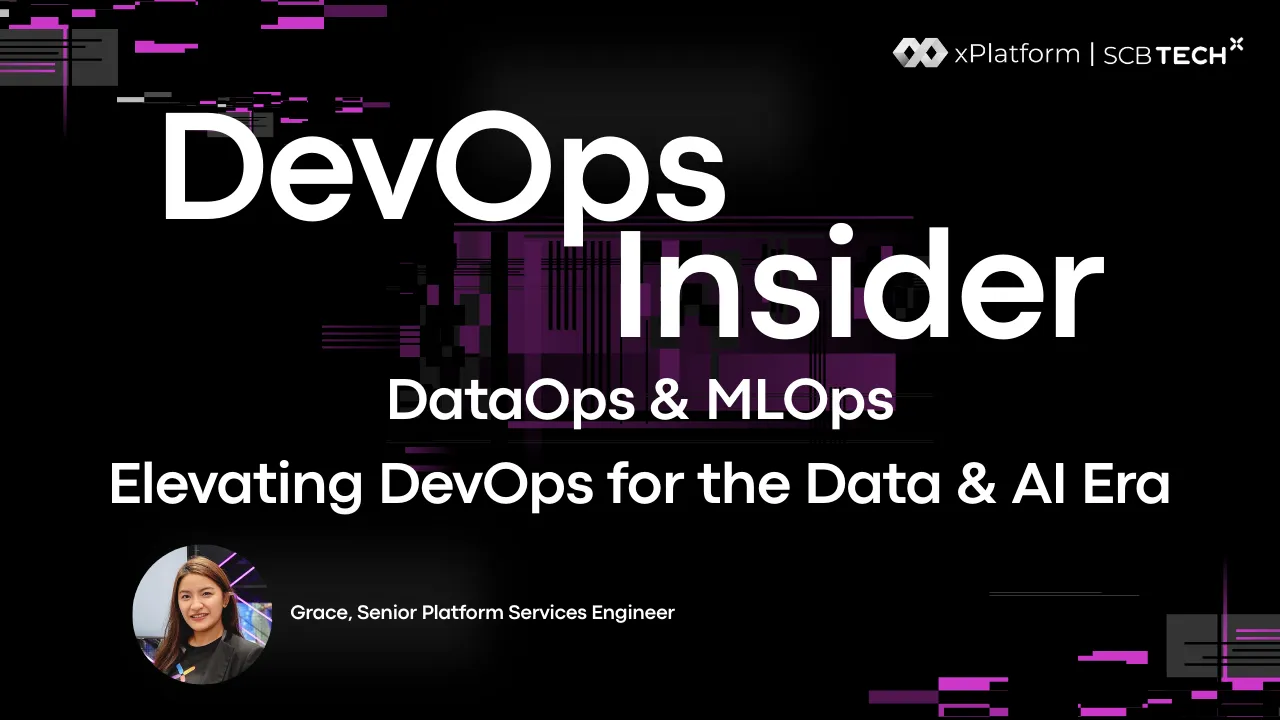OS patching is a critical task, especially for Operations teams. It is one of the key ways to fix vulnerabilities and reduce security risks on servers…
Reduce Work, Risk, and Variability with Automated OS Patching


OS patching is a critical task, especially for Operations teams. It is one of the key ways to fix vulnerabilities and reduce security risks on servers…

In the “Cloud First” era, we have become accustomed to the convenience of provisioning databases or Kubernetes clusters with just a single click…

DevOps is a set of practices that helps teams deliver software faster, with better quality, and fewer issues between development and operations…

These days, everyone is using multiple cloud provider so does file management get more difficult?

In an era where most organizational systems have moved to the cloud, storing your company’s important documents — whether Word files, PDFs, or other types — with a single cloud provider may no longer be the best option. This is because doing so concentrates all the risk in a single place…

In this blog, we’ll explore how SCB TechX tackled the challenge of monitoring backups in a complex multi-cloud environment using Script Exporter. With workloads spread across multiple AWS accounts and Azure subscriptions, each cloud relied on its own backup service…

Ever felt exhausted managing your own Kubernetes cluster? Node scaling, load balancers, and infrastructure headaches can really take the fun out of development. Thankfully, AWS now offers EKS Auto Mode – a powerful feature that lets AWS handle all the operational tasks while you focus solely on your code and ideas…

These days, Data and Dev teams face increasingly complex workloads. But what if there were a smart assistant that could manage every step, queue each task in order, and keep everything running smoothly?…

you should know about LocalStack — a tool that lets you emulate AWS right on your local machine, as if you had your very own personal version of AWS…

More than a decade ago, most enterprise applications were still built as monoliths all functions bundled into a single block of code, running on physical servers in the company’s data center. Every update or feature release often required long development cycles, carried high risks of downtime, and became increasingly difficult to scale as organizations grew.